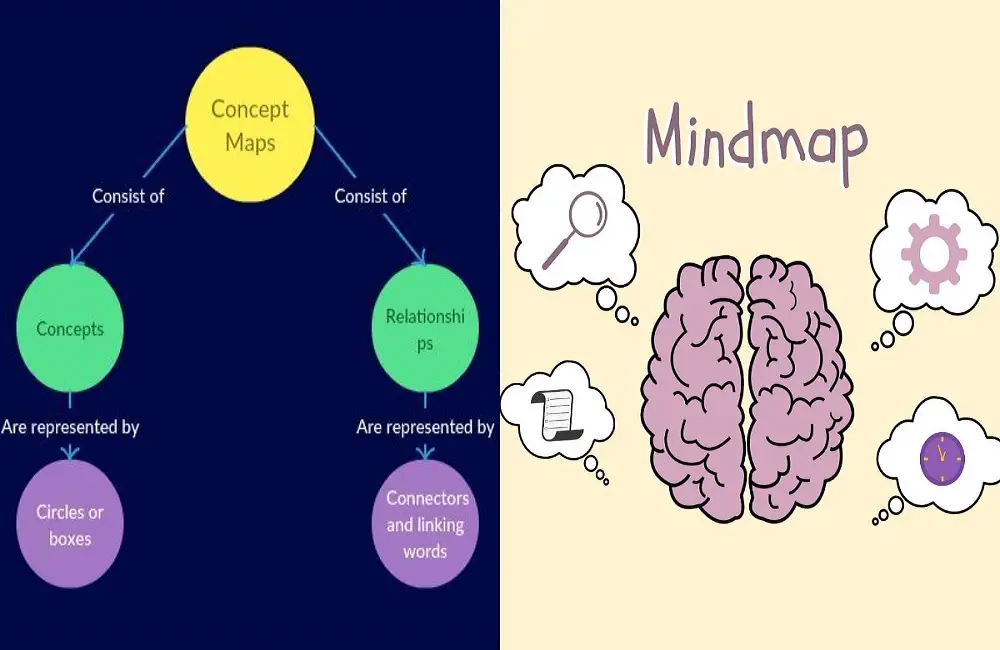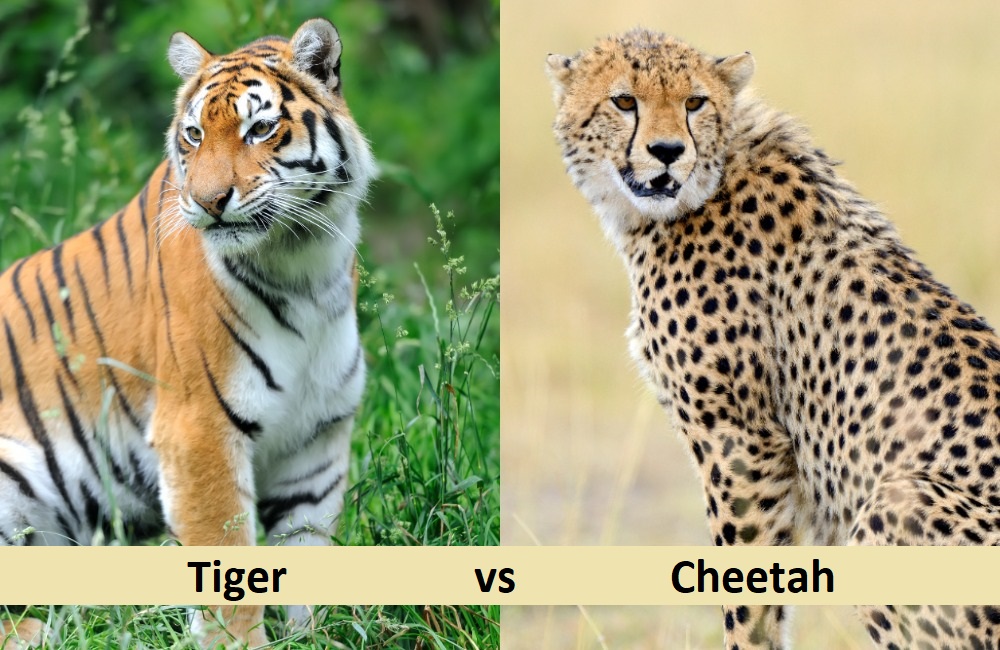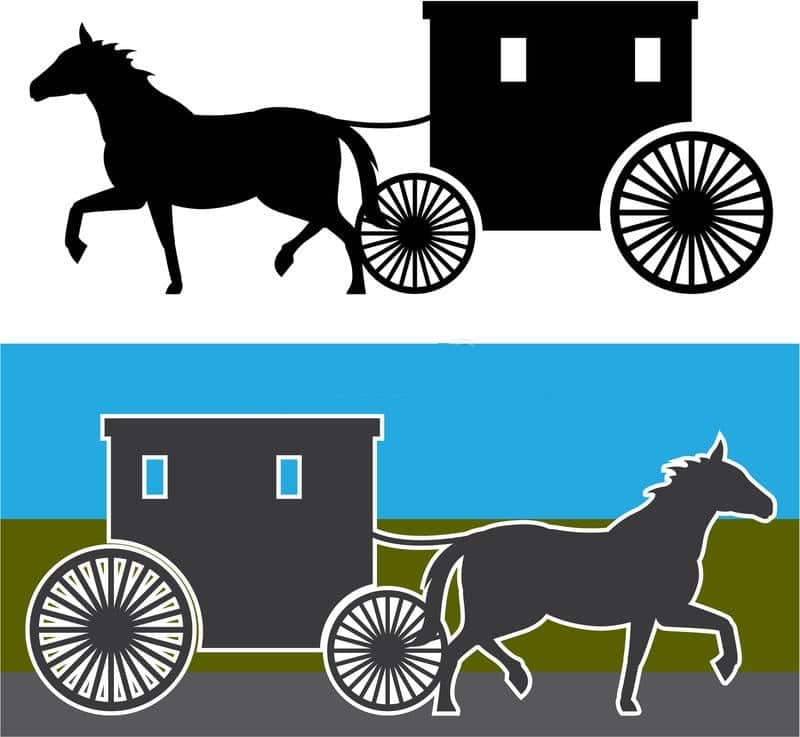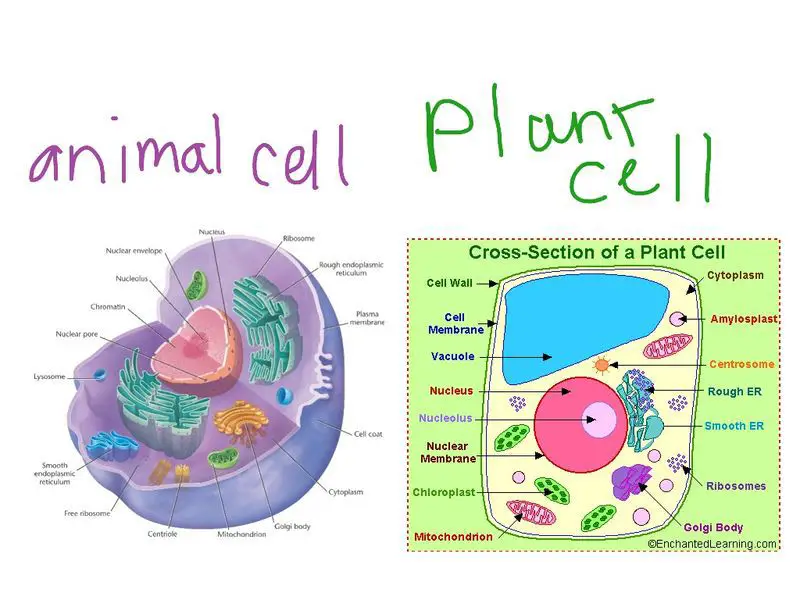Difference Between Concept Map and Mind Map
People often use the terms concept map and mind map interchangeably. And while they somewhat seem similar, most people do not know that they have different structures and serve different purposes.
Hopefully, all your confusion regarding them will be cleared by the end of this concept map vs mind map guide, and you will know which one to choose right away.
Concept Map and Mind Map: An Overview
The primary difference between them is their structure. A concept map creates a network of interconnected concepts or ideas, focusing on all the ideas equally. On the other hand, a mind map emphasizes a single concept and generates a tree chart by organizing its related information.
With a concept map, you need to select a domain and focus. Then, you need to arrange its surrounding concepts and link them to the domain, refining the map as you build new relations. The type of links may be causal, explanatory, probable, nominal, procedural, based on events, etc.
A mind map is more radial and has a hierarchical structure to display the relationship amongst the nodes. It mainly focuses on one central theme and its one-to-one relationship with other concepts. This one is a tree chart with a primary topic with branches of sub-topics.
What Is a Concept Map?
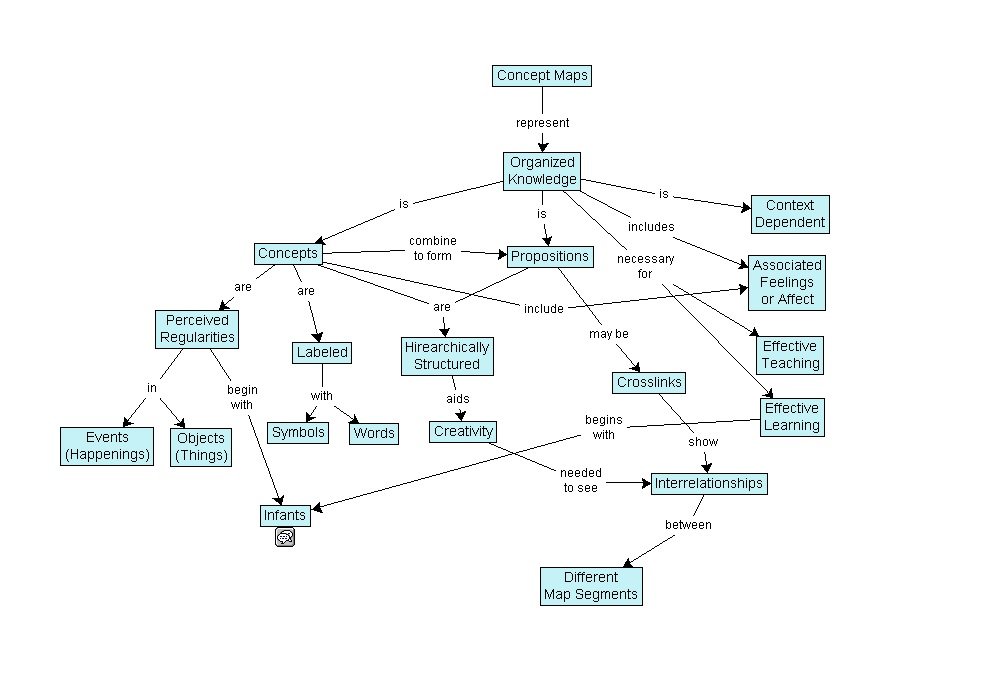
The idea of a concept map was founded by Dr. Joseph D. Novak in 1972, an American Educator and Professor Emeritus at Cornell University. He formed this technique to help people represent their knowledge, allowing them to identify and explain the connection between multiple concepts easily.
There are four elements within a concept map:
Broader Topics: These concepts are very general and broad.
Sub-Topics: These sections are more concise and specific.
Arrows: Two-way lines to display the relationship between the broader and sub-topics.
Linking Words: Labels placed along the arrows to explain the relationship.
In this type of map, the cross-linked topics are explained by arrows with labels. So, every section is interconnected and has a propositional structure. And each of the topics and labels can be combined to form phrases.
The elements can also be classified from general to specific topics, creating a somewhat hierarchical structure. And if you want, you also have the option to arrange them freely without any restrictions.
This map is suitable for presenting complex information, analyzing the problems within them, and finding their solution. Although it is not fit for collaboration work, it looks complicated and may be difficult for others to understand.
What Is a Mind Map?
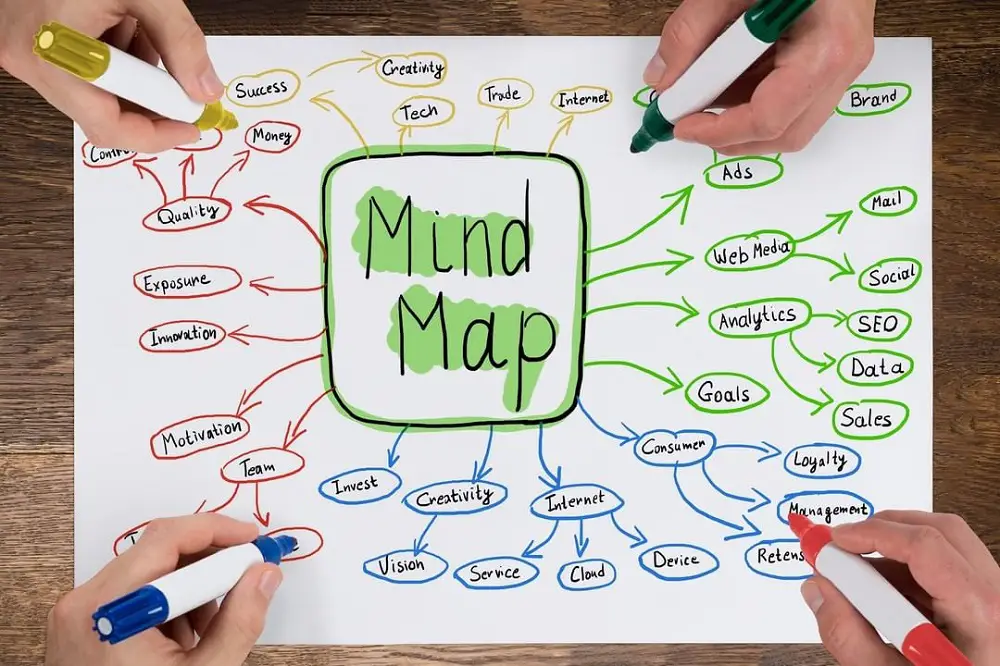
The mind map was also popularised in the 1970s, especially due to the work of a psychology author named Tony Buzan. This map is more of a visual diagram to organize information based on a central topic and display the relationship amongst them.
Mind maps are generally used to determine the solution to an evident problem. It relies on word association to trigger the brain into enhancing your creativity levels and improve cognitive functions.
This technique can help you jot down the related information to your central topic but cannot explain the connection between each node. It is very easy to make and adaptable and is perfect for brainstorming sessions where you want to put down everything you know.
A mind map is a good way to approach a topic initially but is not suitable for in-depth analysis or articulating tacit knowledge.
Some of Our Articles You May Want to Read:
- Stalactites and Stalagmites: What Are The Differences
- Difference Between Astronomy and Cosmology
- The Difference between El Nino and La Nina – Just Like Yin and Yang
Concept Map Vs Mind Map: The Comparison Table
| Parameters of Comparison |
Concept Map |
Mind Map |
|
Definition |
Graphical representation of organizing topics and themes and identifying their relationships |
Visual diagram of arranging a central idea and its associated topics |
|
Structure |
Free-form, hierarchical, propositional |
Simple and radial |
|
Elements |
Broader Topic, Specific Topic, Arrows, Labels |
Main topic, sub-topic, general lines |
|
Functions |
Knowledge presentations, identifying and establishing the relations between concepts |
Brainstorming session, note-taking, idea generation, organizing topics |
Key Takeaways
- Mind maps are simple and focus on one central theme. They cannot be cross-linked or have a concept of a preposition. But a concept map can and focuses on the many-to-many relationship of more than just one topic.
- Concept maps are less ambiguous, but they are hard to make and are unsuitable for collaboration. On the other hand, mind maps are simple, easy to make, and can be used in both academic and business collaborations.
Conclusion
And there you go! Hopefully, you are all clear on the difference between a concept map and a mind map. Now, if anybody asks, you can identify them easily and know which one to choose right away.
But if you are still having some difficulties with concept map vs mind map, try determining the audience and purpose of use first. Once you have got that down, you will know what to do next.
